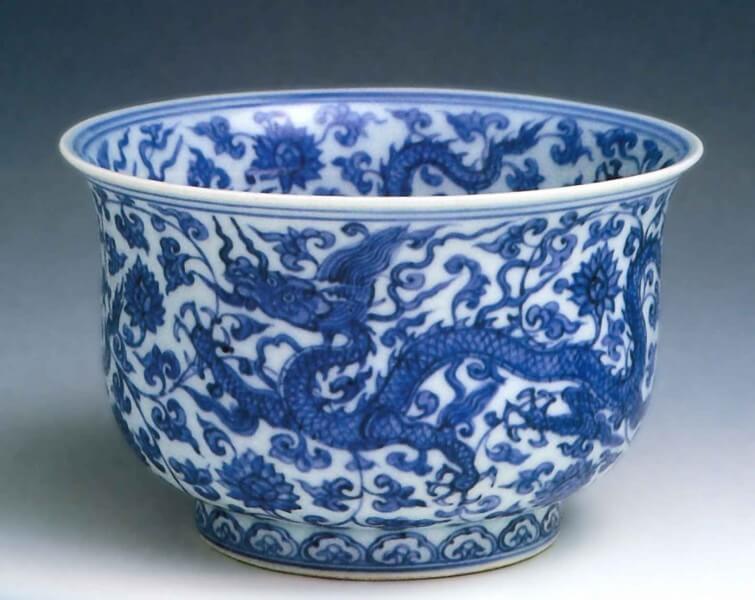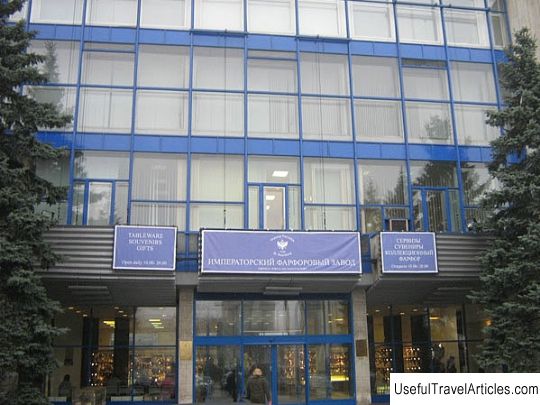Porcelain manufactory in Germany, Meissen resort
Rating: 7,8/10 (3424 votes)  The city of Meissen gained world fame thanks to the 'Meissen porcelain', the formula of which was discovered in the Albrechtsburg castle. Until the 18th century, porcelain products were imported to Europe from China, where porcelain began to be made in the 6th century. In the XIII century, porcelain was quite rare, so products made from it were valued on a par with jewelry. However, after the production of white porcelain began in Albrechtsburg Castle, everything changed dramatically. Porcelain items from the castle were no less valuable than Chinese ones, so in the early years they became an ornament to most monarchical houses in Europe. Until the end of the 17th century, the problem of creating white hard porcelain remained unresolved. By the end of the 17th century, Count Ehrenfried Walter von Chrnghaus, who was also a mathematician and physicist, carried out extensive geological research in Saxony. Ehrenfried set a goal – find raw materials capable of giving Germany a solid economic basis. At the same time, he planned to build structures here and find material for the manufacture of glass-melting furnaces. In 1704, Ehrenfried gains control over the activities of Johann Friedrich Bottger, a young alchemist held by King Augustus in the city Meissen. As a result of the joint work of two scientists, the question of the composition of the porcelain mass was ultimately resolved. While studying in Berlin, Bottger decided to visit himself entirely in alchemical experiments and eventually achieved a well-known recognition. Frederick the First wanted to use the scientist for his own purposes, but in 1701 Bettger managed to escape from Berlin to Wittenberg. There he fell under the authority of Augustus the Strong, who ordered Bettger to be placed under supervision in Dresden. The main job for the alchemist was the making of gold. The advantage for Bottger was the collaboration with Ehrenfried. August constantly demanded positive results, to which Ehrenfried proposed to arrange a faience manufactory. In 1707, he was presented with all the materials necessary for this. Scientists have directed all their efforts to find the right composition of hard porcelain. In 1708, Chirnhouse died without knowing the successful results of the experiments. In 1709, Bettger finally managed to achieve the desired results. The verification of the material was carried out with the participation of the commission, which gave an opinion on the opening. In 1710, the first European porcelain manufactory came into operation at Albrechtsburg Castle. Bettger remained the head of the manufactory until his death (1719). In the 20th century, a new modern building was built for porcelain production, and the products of the 17th century – XX centuries remained in the castle walls as museum pieces.  We also recommend reading Albrechtsburg Castle in Germany, Meissen resort Topic: Porcelain manufactory in Germany, Meissen resort. |




